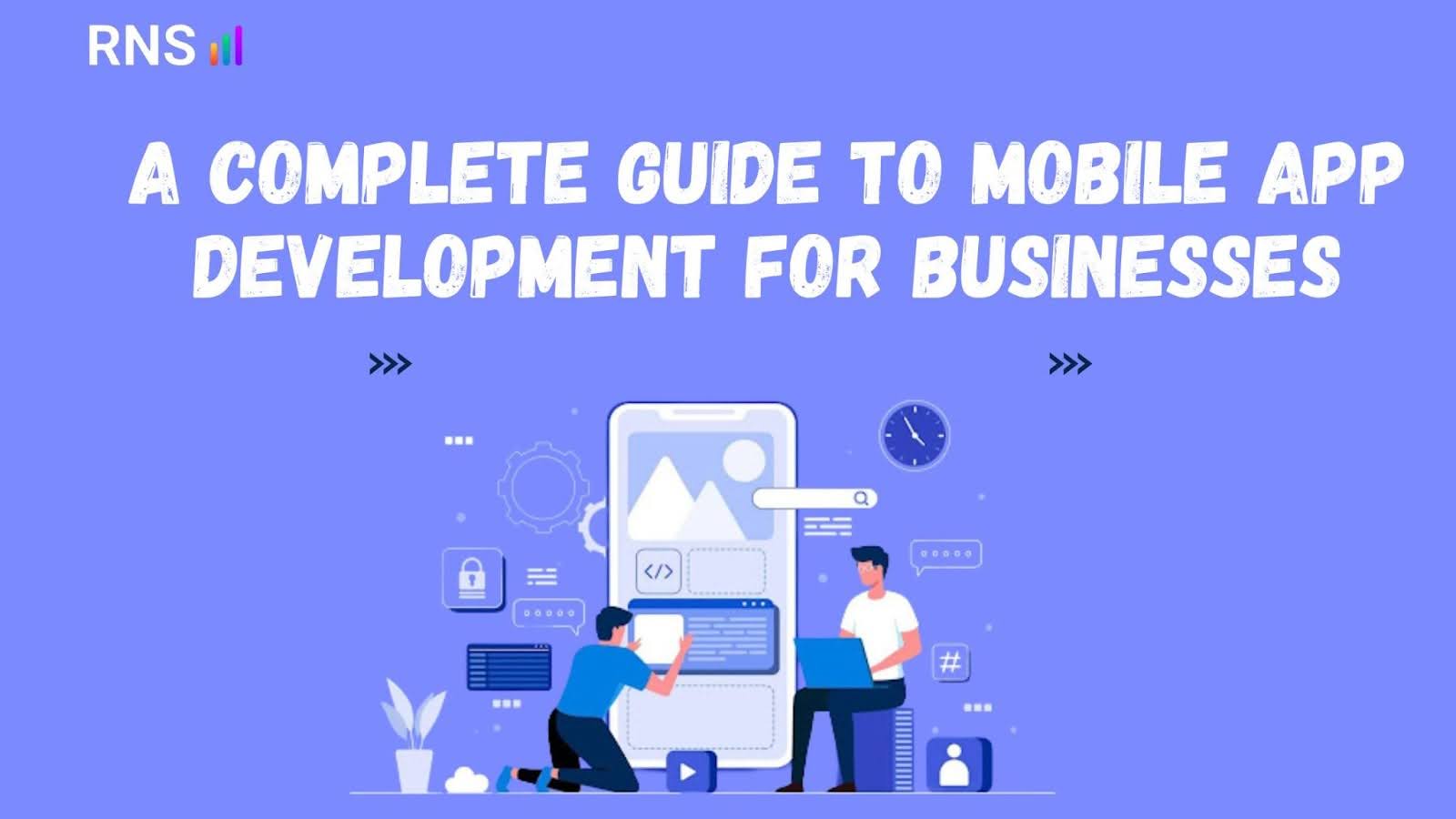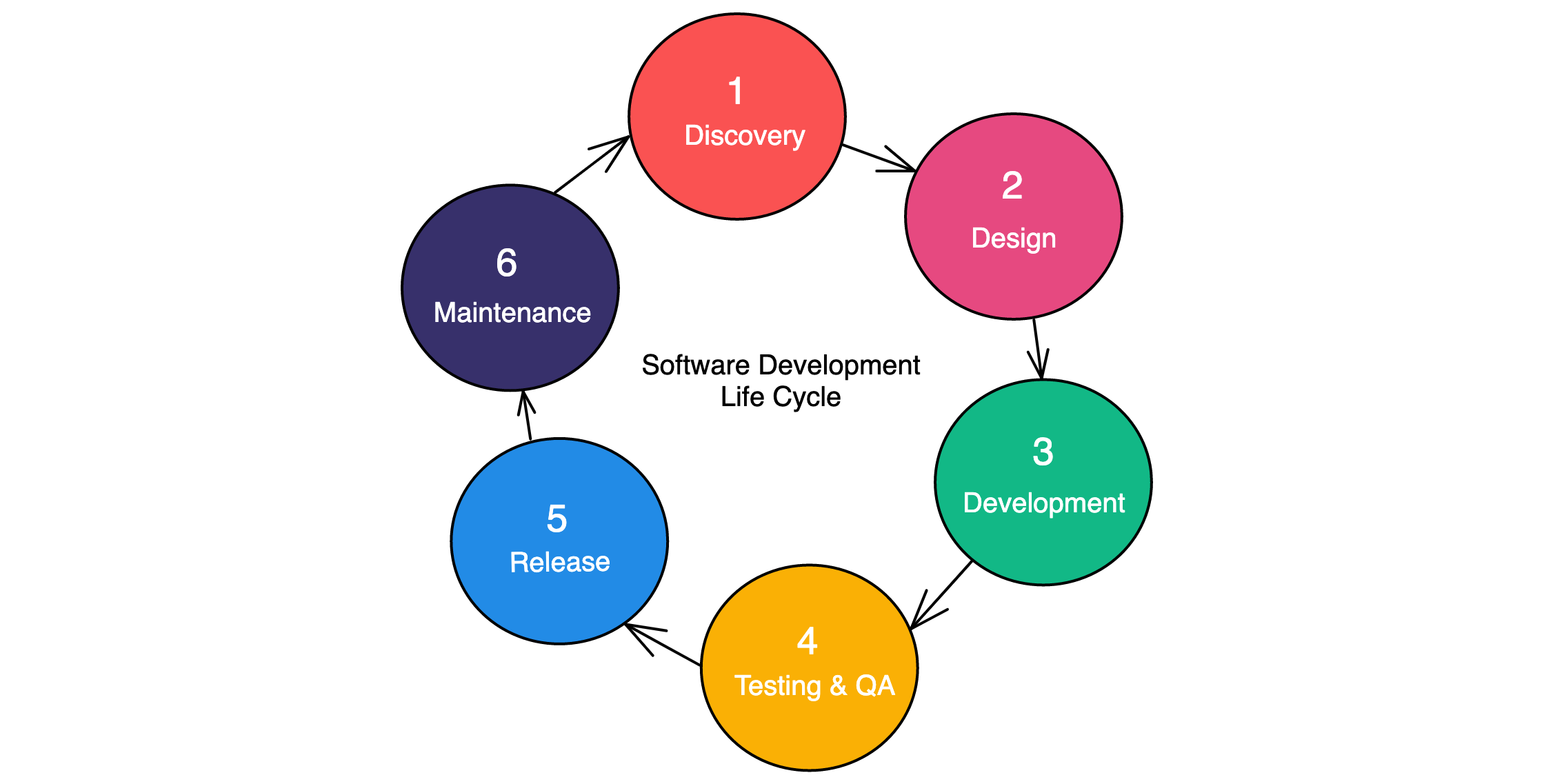Inquiry Form


In the ever-evolving digital landscape, mobile applications have become indispensable tools for businesses looking to thrive in a competitive market. With the majority of the global population relying on smartphones for various aspects of their daily lives, having a well-designed and functional mobile app can significantly enhance a business's reach, engagement, and overall success. In this comprehensive guide, we will delve into the key aspects of mobile app development for businesses, providing valuable insights and practical tips to help you navigate the process seamlessly.

Businesses must first identify the specific needs and goals that a mobile app can address. Whether it's enhancing customer engagement, streamlining internal processes, or tapping into new revenue streams, a clear understanding of the purpose will lay the foundation for the mobile app development process.
Conduct thorough research to understand your target audience, competitors, and market trends. Analyze successful apps in your industry to identify features that resonate with users. This research will inform your mobile app's design, functionality, and overall strategy.
Decide whether you want to develop a native mobile app for a specific platform (iOS or Android) or opt for a cross-platform solution. Each approach has its pros and cons, and the choice depends on factors like target audience, budget, and the desired user experience.
Clearly outline the features and functionality your mobile application development companies will offer. Prioritize essential features while keeping the user experience in mind. Consider features that set your mobile app development process apart from competitors and add value to users' lives.
Before diving into mobile app development services, create wireframes and prototypes to visualize the app's layout and functionality. This step helps in refining the user interface (UI) and user experience (UX) design, ensuring a seamless and intuitive navigation process.

Depending on your requirements, choose between native, hybrid, or progressive mobile app development services. Native apps offer optimal performance but may require separate development for iOS and Android. Hybrid and progressive mobile app development provides a more cost-effective solution for cross-platform compatibility.
Determine the technology stack for your app, including programming languages, frameworks, and software development tools. Consult with experienced developers to choose technologies that align with your project's goals and scalability requirements.
The mobile app development process involves coding, testing, and refining the app. Collaborate closely with developers to maintain transparency, address challenges promptly, and ensure that the app aligns with your vision. Agile development methodologies are often employed for flexibility and responsiveness to changes.
Invest in an intuitive and visually appealing design to enhance user engagement. A seamless and enjoyable user experience is crucial for the success of your app. Conduct usability testing to gather feedback and make necessary improvements during the design phase.
Backend web development involves setting up servers, databases, and APIs to ensure the smooth functioning of your app. Choose scalable and secure solutions that can accommodate growth and maintain data integrity.

Rigorous testing is essential to identify and rectify bugs, glitches, and performance issues. Conduct thorough testing across various devices and operating systems to ensure a consistent and reliable user experience.
Prioritize the security of user data and sensitive information. Implement encryption protocols, secure authentication methods, and regular security audits to protect your app and user data from potential threats.
Consider how you will monetize your app. Whether through in-app purchases, subscription models, or advertising, choose a strategy that aligns with your business goals and provides value to users without compromising the user experience.
Prepare your app for submission to app stores (Apple App Store, Google Play, etc.). Follow the guidelines and requirements of each platform to ensure a smooth approval process. Optimize your app listing with compelling descriptions, screenshots, and keywords to enhance visibility.
A successful app launch requires effective marketing and promotion strategies. Utilize social media, content marketing, influencer partnerships, and other channels to generate awareness and drive downloads. Encourage user reviews and feedback to build credibility and improve your app's visibility.
Implement analytics tools to track user behavior, engagement, and app performance. Analyzing this data will help you make informed decisions for future updates and improvements. Actively seek and consider user feedback to enhance your app based on real user experiences.
The mobile app development process doesn't end with the launch. Regularly update your app to introduce new features, improve performance, and address user feedback. Keeping your app current ensures its relevance in a dynamic market.
Be aware of legal aspects such as copyright, intellectual property, and privacy laws. Ensure that your app complies with data protection regulations and that you have the necessary permissions for any third-party content or services integrated into your app.
Plan for scalability to accommodate a growing user base and evolving technology trends. Regularly assess your app's performance, server capacity, and user demands to make informed decisions for scaling infrastructure and features.
Mobile app development for businesses is a multi-faceted journey that requires careful planning, strategic decision-making, and ongoing dedication to quality. By following this comprehensive guide, you'll be well-equipped to navigate the intricacies of the development process and create a mobile app that not only meets your business objectives but also resonates with users in an ever-expanding digital landscape. Embrace the transformative power of mobile technology, and let your business thrive in the palms of Globalrns. hands.